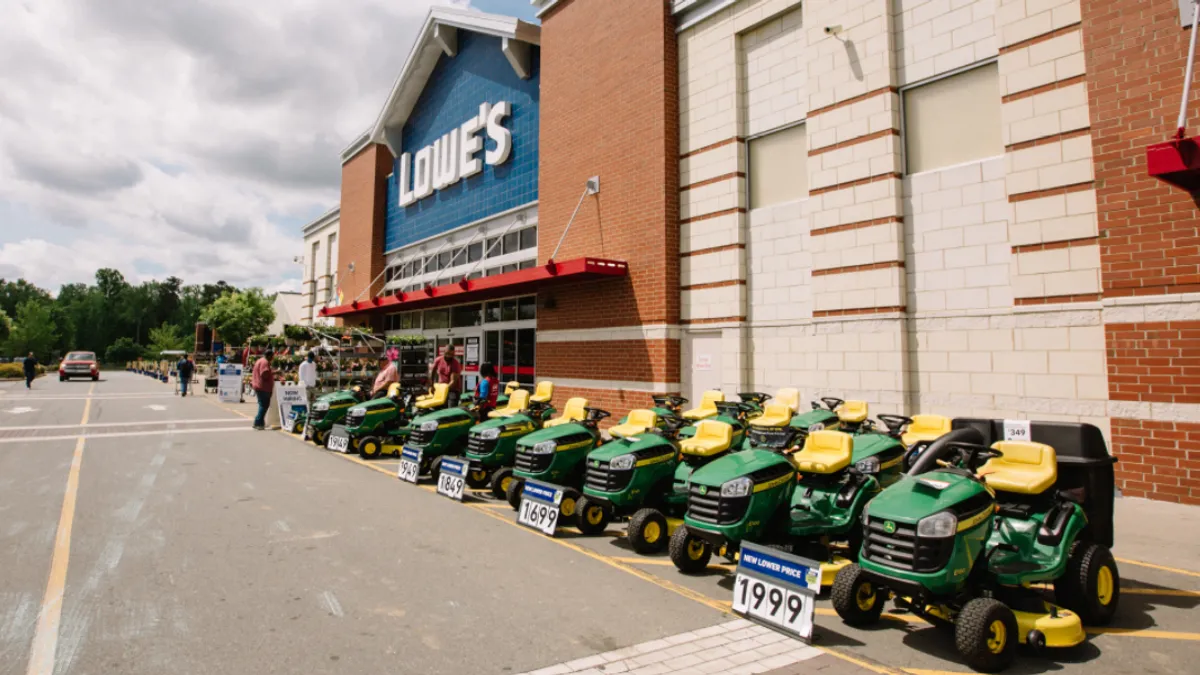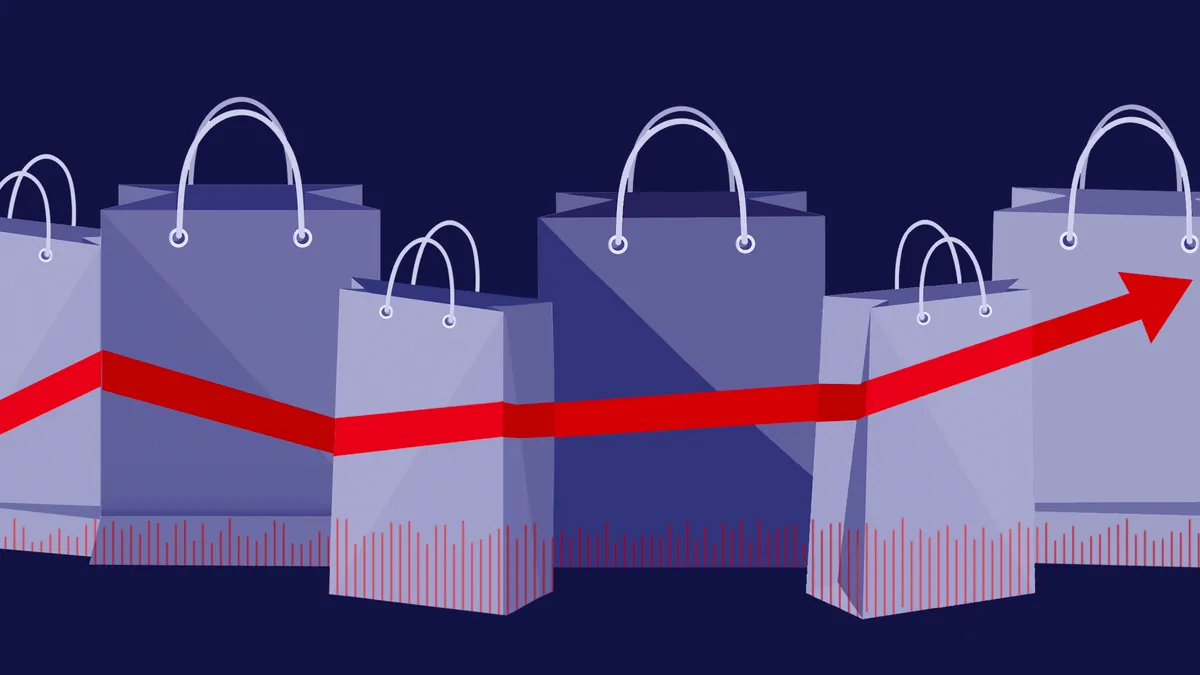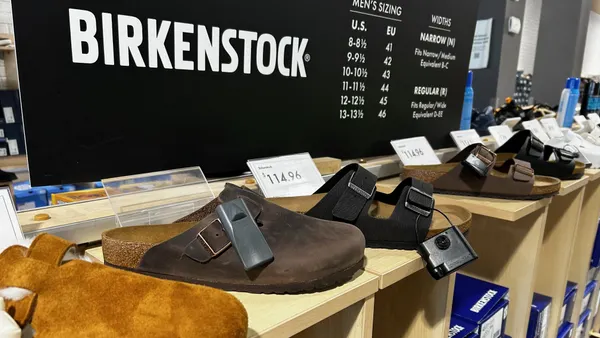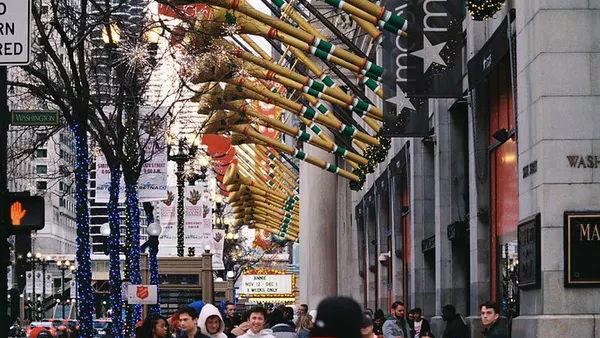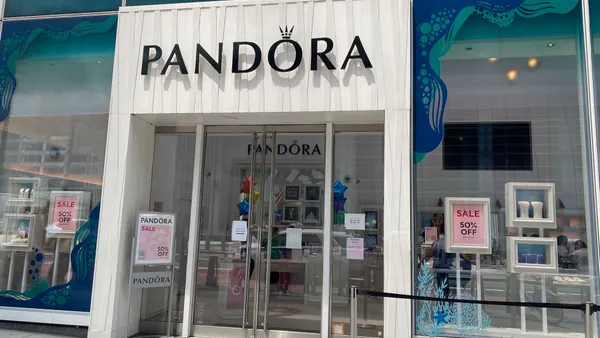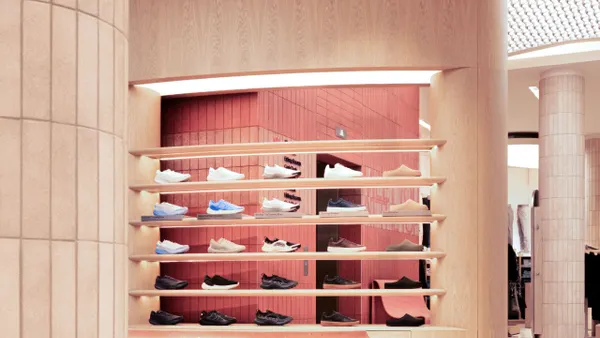Dive Brief:
- Lowe's has converted eight regions, covering more than half of its stores, to a more efficient delivery model for big and bulky products, Chairman, President and CEO Marvin Ellison said on a Q3 earnings call.
- In the home improvement retailer's legacy delivery model for large products, each store functions as a step in the distribution process, with store-based delivery trucks and associates delivering products. In its new, market delivery model, large products skip stores on their way to the customer, reducing touches and freeing up storage space at stores.
- The Lowe's market delivery model is operational in areas including Southern California, Southern Illinois and Atlanta, Ellison said. The company is on track to complete the nationwide rollout of this model by the end of next year.
Dive Insight:
Lowe's has transformed its supply chain to better insulate itself from upstream logistics challenges and more effectively fulfill increased e-commerce demand. The transition to a market delivery model "is a centerpiece" in that plan, positioning it for profitable growth in big and bulky product categories like grills and riding lawn mowers, according to Ellison.
"This also improves the customer experience through expanded fulfillment options and a seamless omnichannel shopping experience powered by technology," Ellison said.
The legacy delivery model can introduce inefficient situations, like neighbors buying from different stores receiving their products from two separate delivery trucks. The market delivery model allows Lowe's to move a product from a bulk distribution center to a cross-dock facility to be prepared for delivery.
It didn't take long for Lowe's to see the benefits of the transition. The company has seen improved inventory turns, reduced damages and higher on-time delivery rates with the new model, Ellison said on a December 2021 conference call, when Lowe's had converted its Florida and Ohio Valley markets to the new model.
Ellison also noted that Lowe's will be opening a new coastal holding facility in the port city of Suffolk, Virginia. Coastal holding facilities allow Lowe's to hold product upstream from its distribution centers, allowing it to secure products earlier and move them quickly downstream when needed.
"This helps us to not only capture sales, but also mitigates markdown risk because we avoid stranding product unnecessarily in our stores," Ellison said.



